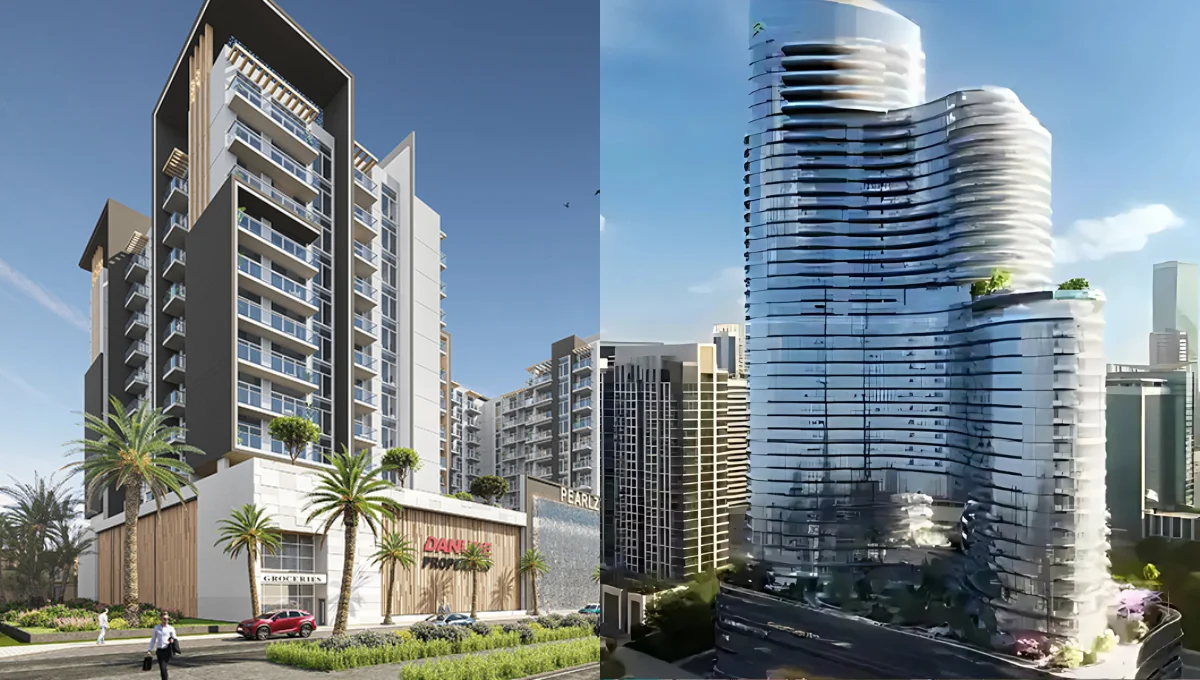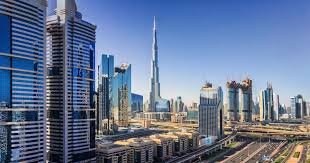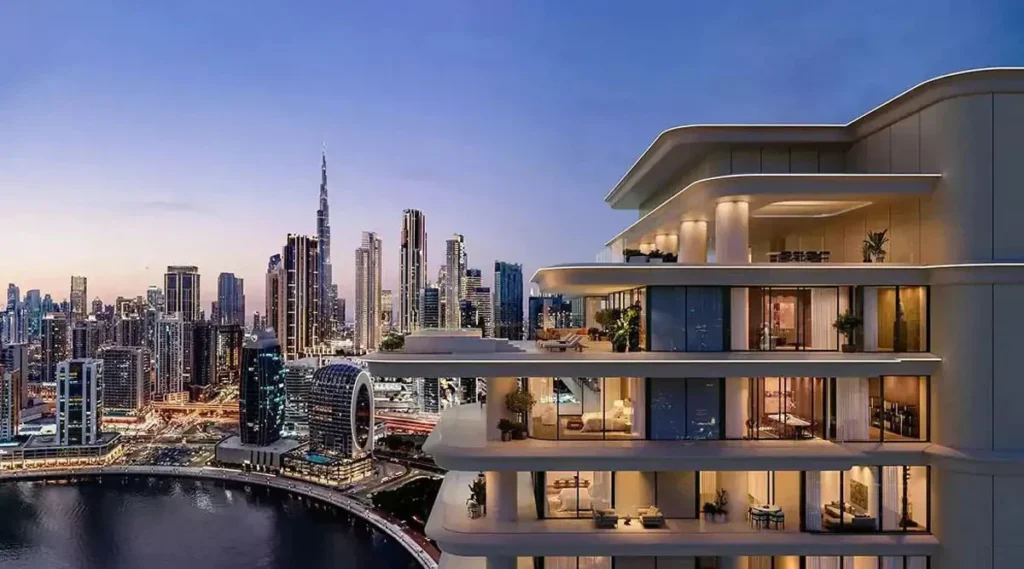
Dubai’s property market has long been a global hotspot for investors seeking high returns, stable growth, and lifestyle prestige. Luxury apartments, in particular, have captured attention due to their unmatched design, amenities, and prime locations. But beyond the glamour, every investor ultimately asks one question — are the rental yields truly worth it?
Rental yield, a key performance indicator for property investment, measures the annual rental income against the property’s value. In Dubai, where tax-free income and investor-friendly regulations attract global buyers, understanding this figure is essential before committing capital.
The luxury segment presents a unique mix of high acquisition costs and potentially strong rental returns, but not all areas perform equally. From the waterfront towers of Palm Jumeirah to the sleek skyline views of Downtown Dubai, yield performance depends heavily on location, demand, and tenant profile.
The definition of “luxury” in Dubai’s real estate market extends beyond spacious layouts or premium materials. Luxury apartments in the city are characterized by their architecture, location, and amenities that align with global standards of excellence.
Typically, these apartments are found in districts such as Downtown Dubai, Business Bay, Dubai Marina, Palm Jumeirah, and Jumeirah Beach Residence. They often feature:
Tenants in this market segment tend to be high-income professionals, expatriates, and executives seeking both prestige and convenience. Their preferences directly shape the rental yield potential of these properties.
Over the past few years, Dubai’s real estate sector has witnessed a remarkable resurgence, supported by economic reforms, global migration trends, and the emirate’s growing appeal as a lifestyle destination. The demand for rental properties, particularly in the luxury category, has remained strong due to limited new supply in prime areas and increasing population inflows.
Rental rates in high-end developments have soared, with some luxury neighborhoods recording double-digit growth year-on-year. For investors, this has resulted in higher gross rental yields compared to other global luxury markets such as London or Singapore, where high purchase prices often compress returns.
However, yields vary widely across districts and building types. While newer, branded residences often command premium rents, they also come with higher maintenance and service charges that can affect net profitability.

Understanding the math behind rental yield helps investors make informed decisions. The gross rental yield is calculated as:
(Annual Rent ÷ Property Purchase Price) × 100
For example, if a luxury apartment costs AED 5 million and rents for AED 300,000 per year, the gross yield would be 6%.
However, to get a clearer financial picture, investors must consider net rental yield, which deducts maintenance fees, service charges, agent commissions, and occasional vacancy periods. In Dubai’s luxury market, service fees can range from AED 20–50 per square foot annually, which can notably affect returns.
One of the most mature luxury markets, Dubai Marina offers consistent demand from young professionals and families. Average gross yields range between 5–6%, with certain high-floor waterfront units performing even better.
Home to landmarks like Burj Khalifa and The Dubai Mall, Downtown remains a favorite for short-term and executive rentals. Yields here typically hover around 4.5–5.5%, but capital appreciation potential adds long-term value.
The island’s exclusive villas and branded apartments attract ultra-high-net-worth tenants. While property prices are steep, rents are equally impressive, bringing yields of 4–5% for well-located units.
Once a secondary market, Business Bay is now emerging as a luxury hotspot thanks to premium waterfront developments and easy access to Downtown. Investors can expect yields between 5.5–6.5%, especially in newly completed towers.
While not purely luxury, JLT’s newer buildings with high-end amenities provide competitive returns around 6–7%, offering an affordable entry point into Dubai’s upper-tier market.
Several key factors influence the performance of rental yields in Dubai’s luxury real estate market:
The rise of platforms like Airbnb and luxury serviced rentals has reshaped Dubai’s rental dynamics. Investors can achieve significantly higher yields through short-term leasing, particularly in tourist-heavy zones such as Downtown, Palm Jumeirah, and Dubai Marina.
Short-term rentals can offer annualized yields up to 8–10%, depending on occupancy and management efficiency. However, this strategy requires active property management, regular maintenance, and adherence to Dubai’s short-stay regulations. It suits investors seeking flexibility and hands-on involvement rather than passive, long-term leasing.
Despite the promising numbers, luxury real estate investing in Dubai isn’t without challenges. Investors should remain aware of potential pitfalls, including:
Balancing these risks against potential returns is key to sustainable profitability.

It’s important to note that mid-market properties in Dubai often deliver higher rental yields (7–8%) due to lower purchase prices and stable tenant demand. However, luxury properties typically outperform in capital appreciation, prestige, and liquidity among international investors.
While mid-tier units appeal to tenants seeking affordability, luxury rentals attract a niche audience that values exclusivity and comfort over cost. For long-term wealth creation, a balanced portfolio—mixing both luxury and mid-range properties—can offer stability and growth.
Dubai’s luxury property market shows no signs of slowing. Continuous infrastructure development, economic diversification, and the city’s growing status as a global hub for high-net-worth individuals will sustain strong rental demand.
Projects like Dubai Creek Harbour, Za’abeel, and Jumeirah Bay Island are redefining ultra-luxury living, likely attracting both residents and investors seeking premium returns. Moreover, with Dubai’s limited land availability in core areas, supply for prime properties will remain constrained—supporting high rental prices.
Over the next five years, yields are expected to stabilize between 5–6% for luxury apartments, while appreciation rates could further enhance total returns. For investors with long-term horizons, Dubai remains a reliable destination for both income and capital growth.
Investors can enhance their rental performance by implementing strategic measures such as:
For global investors, Dubai’s luxury apartment market offers a unique blend of strong rental returns, tax advantages, and world-class living standards. While yields may not always match mid-market properties, the prestige, stability, and capital appreciation potential often compensate for lower immediate returns.
The key lies in strategic property selection, realistic yield expectations, and professional management. Investors who focus on high-demand, well-maintained, and brand-driven developments are likely to experience consistent income and long-term growth.
Ultimately, Dubai’s luxury real estate continues to shine as a resilient, profitable, and aspirational asset class — a gateway not only to impressive rental yields but also to enduring value in one of the world’s most dynamic cities.
Do Follow Estate Magazine on Instagram
How to List Your Property in Dubai for Maximum Exposure & Success
